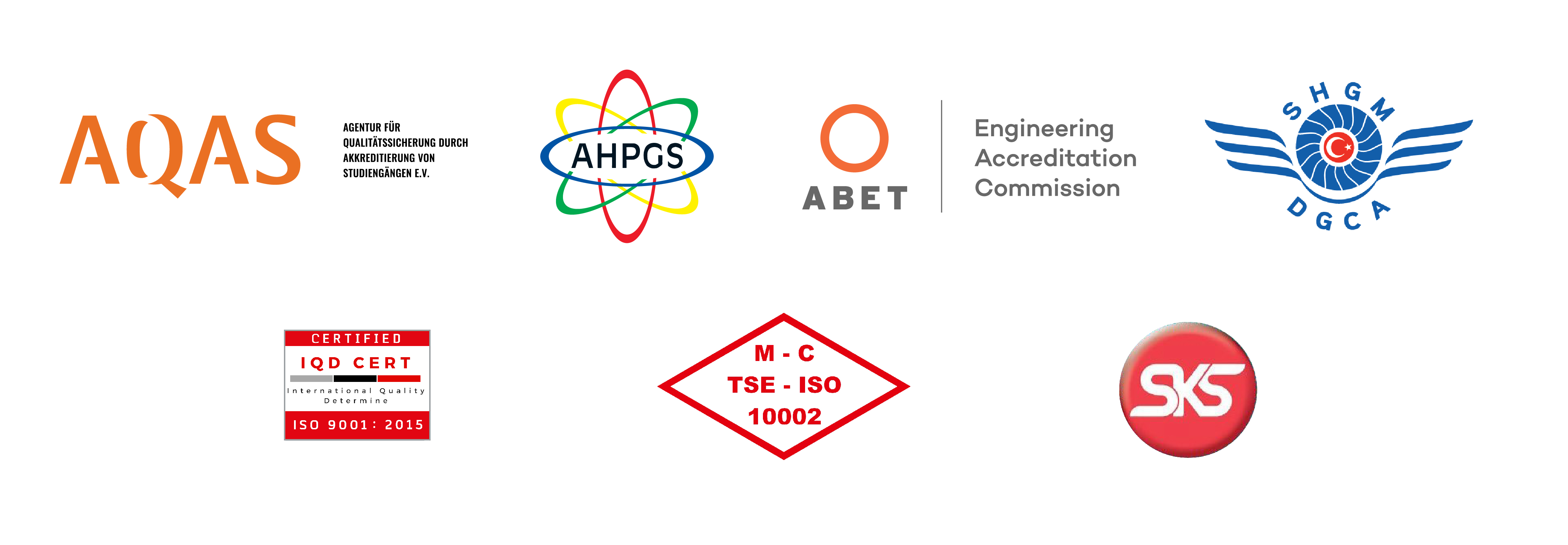In the 1999 Gölcük earthquake, Avcılar was the district where the most loss of life and damage was experienced in Istanbul. When a possible Istanbul earthquake is mentioned, it is the first region that comes to mind. Supported by Istanbul Gelisim University Scientific Research Projects Coordination Unit (BAP-K), and coordinated by MSc Engineer, Architect and Urban Planner Prof. Dr. Huriye Sule Karaaslan, the project "Calculation of the Vulnerability of the Three Neighborhoods of Avcılar District" was built. For project; Merkez, Ambarli and Denizkoskler neighborhoods were selected.
Risk estimates for a possible Istanbul earthquake are on the agenda. One of the districts that people curious about is Avcılar. Supported by Istanbul Gelisim University Scientific Research Projects Coordination Unit (BAP-K), and coordinated by MSc Engineer, Architect and Urban Planner Prof. Dr. Huriye Sule Karaaslan, the studies of the project "Calculation of the Vulnerability of the Three Neighborhoods of Avcılar District" have been completed. Studies carried out in Merkez, Ambarli and Denizkoskler districts were compared according to different criteria and scientific methods. Stating that they carried out the project to measure where the preparations for the Istanbul earthquake should start, Prof. Karaaslan said, “We made an analysis based on physical, economic and social data. As city planners, it is necessary to evaluate these three data to measure where a disaster or risk will affect.”
“The most common reason for people to survive after an earthquake is access to hospital and fire department”
As one of the means to reduce the damage of natural events, especially earthquakes, it is necessary to evaluate the vulnerability of cities against earthquakes. Although there is no full measure against natural disasters; in order to minimize the damage, making risk assessments of the regions that will be exposed to earthquakes provides great benefits in taking precautions. Stating that there are three phases of the earthquake; before the earthquake, during the earthquake and after the earthquake, Karaaslan said that this project was built in order to reduce the vulnerability in Avcılar district by calculating the vulnerability which is one of the measures to be taken before the earthquake. Prof. Karaaslan said, “13 variables were addressed in the project. These are microzonation analysis (suitability for settlement), slope, current land use, distance to fire station (location and number of fire stations), proximity to hospital (location and number of hospitals), distance to fuel station, distance to industry (size and number of industrial areas), distance to energy (number of residences within the energy impact area), amount of green area, building density, building type, unemployment rate and residential area to be affected by the industrial area. By comparing these variables with each other in three neighborhoods, we applied 2020 data for analysis of them by ready-made computer programs. It is necessary to examine and calculate all of these variables as a whole. The ground increases the intensity of the earthquake. That's why city planners, who have to work in a multi-disciplinary way, have a lot of work. How old the building is, its performance changes accordingly. The slope is very important. When we come to the land use characteristics; we consider factors such as the amount of green space, gathering areas, cemeteries, children's playgrounds, sports facilities, and empty areas. When all these are added together, there should be enough open space for that population. In order to survive after the earthquake; it is very important to have a fire department and a hospital and to provide transportation. In all studies, the most common reasons for people to survive were the ease of access to the hospital and fire department.”
“The first factor that will cause damage; unemployment rate"
In the research conducted by using different measurement methods within the scope of the "Calculation of the Vulnerability of the Three Neighborhoods of Avcılar District" project (AHP, Fuzzy AHP), it has been concluded that the Merkez Neighborhood is the least risky area. While Ambarlı is in the second place; by expressing that Denizkoskler is the most risky neighborhood, Prof. Karaaslan said, “Our research reveals a result that will surprise everyone. When the priority of the variables is considered, the first factor that will cause damage is unemployment. Unemployment rate is very important. The higher the unemployment rate, the higher the risk of damage there. Those buildings are rotten buildings. Not everyone does a damage assessment because they say ‘if it is reported as damaged building it will have to be demolished’. Employment is very important. In the second rank, the slope and the presence of the fire brigade come. In our study, we saw that there is no fire department in these three neighborhoods of Avcılar. Number and area of hospitals are in the third place among the factors that will cause damage. When we come to the fourth rank, there is the fuel station. Ambarlı is risky in this regard. Distance to fuel station is very important. It may cause fire, poisoning may occur due to gas. Therefore, fuel stations should be at certain distance from residential areas. In the fifth place is the green space factor.” She added that increasing the amount of green space, planning empty areas, constructing buildings in accordance with geological surveys, good engineering and architecture are factors that reduce vulnerability to earthquakes.
Prof. Dr. Huriye Sule Karaaslan concluded her words as follows:
“If you are not sure about your building, you will take precautions before the earthquake. We consider many factors when calculating risk. Regulations were improved after the 1999 earthquake, but there are deficiencies in implementation. With this research, it has been clearly revealed that from which neighborhood the Avcılar Municipality should start in order to reduce the damage. Participated in the project, Prof. Dr. Tarık Çakar, Asst. Prof. Didem Yılmaz, Lect. Burak Kaan Yılmazsoy, Lect. Mehmet Ali Barışkan contributed to it.”
.jpg) Created Date: : Friday, March 10, 2023
Created Date: : Friday, March 10, 2023
Istanbul Gelisim University (IGU) continues to provide exam-period support ...
Istanbul Gelisim University (IGU) Life Sciences and Biomedical Engineering ...







